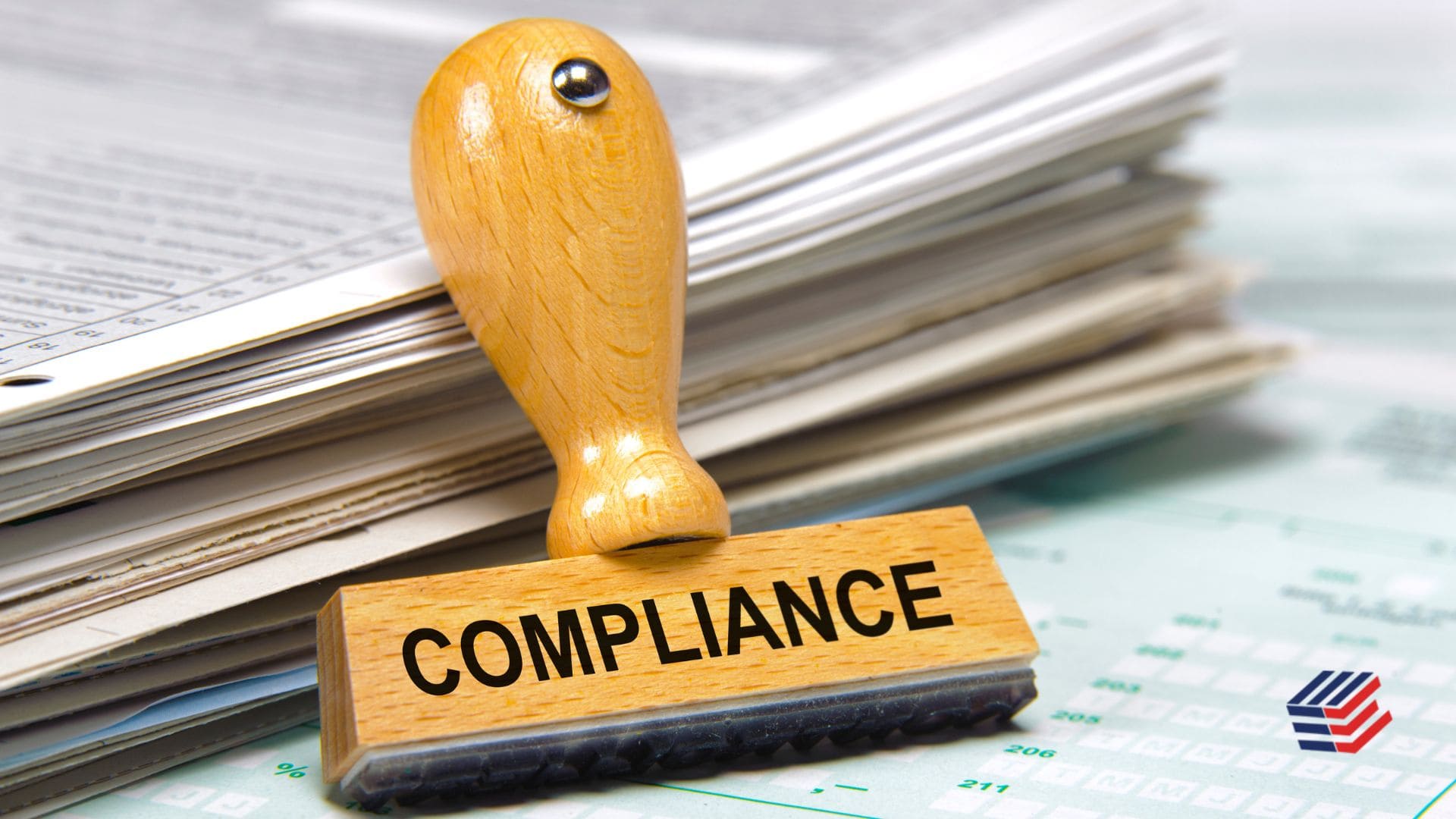In today’s rapidly evolving workplace, remote hiring is more common than ever. However, it comes with its own set of challenges, especially when it comes to compliance with regulatory requirements like Form I-9 verification. This blog post is designed to help HR professionals and managers understand and implement the most effective verification processes for remote hires using video verification methods in 2024.
Why Form I-9 Verification Matters
Ensuring compliance with Form I-9 is not just a legal obligation but also an essential part of the hiring process. This form verifies the identity and employment authorization of individuals hired in the United States. For remote hires, the process becomes more complex, necessitating robust systems to ensure compliance without compromising efficiency.
The Challenges of Remote Hiring
Remote hiring introduces unique difficulties in the I-9 verification process. Physical distance can make it hard to examine documents and confirm identities. Employers must find reliable ways to overcome these barriers to maintain both compliance and a seamless onboarding experience.
Legal Implications of Non-Compliance
Failure to comply with Form I-9 verification can result in hefty fines and legal repercussions. For HR managers, understanding the legal landscape is critical to avoid these potential pitfalls. Knowing the importance of this form and the consequences of non-compliance underscores its significance.
Introduction to Video Verification
Video verification has emerged as a solution to the challenges posed by remote hiring. This method allows HR professionals to conduct face-to-face verifications virtually, ensuring that all legal requirements are met even when employees are scattered across the globe.
Benefits of Video Verification
Video verification offers several advantages, including convenience, scalability, and compliance. It allows real-time interaction between HR and new hires, making the process faster and more efficient. Furthermore, it also creates a digital record of the verification process, which can be invaluable for audit purposes.
How Video Verification Works
The process involves scheduling a video call with the new hire, during which the HR representative can visually inspect the identification and employment authorization documents. Various software platforms are available to facilitate this process, each offering different features to enhance security and compliance.
Choosing the Right Platform
Selecting the right video verification platform is crucial for a smooth verification process. Consider factors such as ease of use, security features, and compliance capabilities. Platforms like Zoom, Microsoft Teams, and specialized HR software can be tailored to meet these needs.
Step-by-Step Video Verification Process
Having a clear, step-by-step guide can simplify the video verification process for both HR professionals and new hires. Here’s how to execute it effectively:
Step One Setting Up the Video Call
First, schedule a video call with the new hire at a convenient time. Make sure to inform them about the documents they need to have on hand. This preparation step ensures that the process is smooth and efficient.
Step Two Document Inspection
During the video call, ask the new hire to show their identification and employment authorization documents clearly to the camera. Take the time to inspect these documents thoroughly, looking for any signs of tampering or inconsistency.
Step Three Record Keeping
After verifying the documents, ensure that you keep a digital record of the call and the documents inspected. This will be useful for future reference and audits. Most video verification platforms offer recording features that can be easily utilized for this purpose.
Common Pitfalls and How to Avoid Them
Even with video verification, there are common mistakes that HR professionals should be aware of. Here are some pitfalls and tips to avoid them:
Inadequate Preparation
Failing to prepare both the HR professional and the new hire can lead to delays and errors. Ensure that both parties are well-informed about the process and the required documents beforehand.
Technical Difficulties
Technical issues like poor internet connection or software glitches can disrupt the verification process. Test the video call software beforehand and have a backup plan in case of technical difficulties.
Insufficient Documentation
Ensure that the documents provided by the new hire meet all legal requirements. It’s important to be familiar with the acceptable documents listed on Form I-9 and to communicate these clearly to the new hire.
Best Practices for HR Professionals
Implementing best practices can enhance the efficiency and compliance of the Form I-9 verification process. Here are some tips to help HR professionals streamline the process:
Training and Resources
Provide training for HR staff on the latest I-9 verification requirements and video verification tools. Having access to up-to-date resources ensures that they can handle the process competently and confidently.
Clear Communication
Maintain clear and open communication with new hires throughout the verification process. Providing them with detailed instructions and prompt responses to any queries can enhance their onboarding experience.
Regular Audits
Conduct regular internal audits of the I-9 verification process to ensure compliance. This helps identify and address any gaps or issues in the process before they become significant problems.
Staying Updated with Regulatory Changes
The legal landscape for employment verification is constantly evolving. Staying updated with these changes is crucial for HR professionals to ensure ongoing compliance.
Monitoring Legal Updates
Regularly monitor updates from government agencies like the U.S. Citizenship and Immigration Services (USCIS) and the Department of Homeland Security (DHS). Subscribing to newsletters and alerts can help keep you informed about any changes in the regulations.
Continuous Learning
Encourage continuous learning and professional development for HR staff. Attending webinars, workshops, and conferences on employment verification can provide valuable insights and updates.
Leveraging Technology
Utilize technology to stay compliant with regulatory changes. Many HR software platforms offer features that automatically update according to the latest legal requirements.
Integrating Form I-9 Verification into the Onboarding Process
Integrating Form I-9 verification seamlessly into the onboarding process can enhance efficiency and reduce the burden on HR professionals.
Creating a Standardized Process
Develop a standardized process for I-9 verification that can be easily followed by HR staff. This ensures consistency and compliance across all remote hires.
Automating the Process
Consider using HR software that automates parts of the I-9 verification process. Automation can reduce human error and improve the overall efficiency of the process.
Providing Support
Ensure that new hires have access to support throughout the I-9 verification process. Providing them with a point of contact for any questions or issues can make the process smoother and more efficient.
Form I-9 verification is a critical component of the hiring process, especially for remote hires. By leveraging video verification methods, HR professionals can ensure compliance while maintaining efficiency and convenience. The key to success lies in thorough preparation, clear communication, and staying updated with regulatory changes.
By implementing these strategies and best practices, HR professionals can streamline the I-9 verification process, ensuring a smooth and compliant onboarding experience for remote hires. For those looking to get expert guidance, consider signing up for a consultation with our HR specialists today. They can provide personalized advice and support to help you optimize your hiring process.


